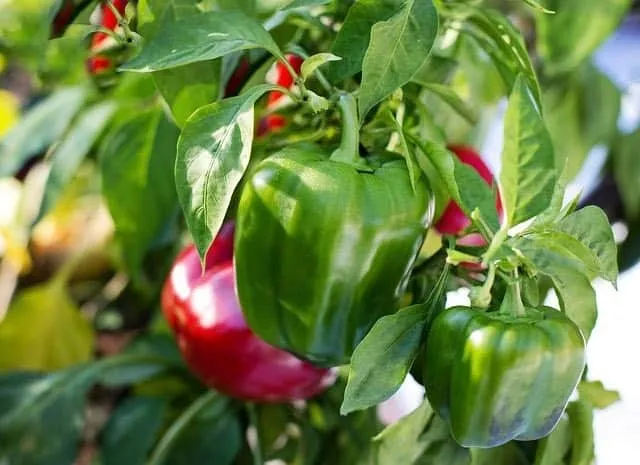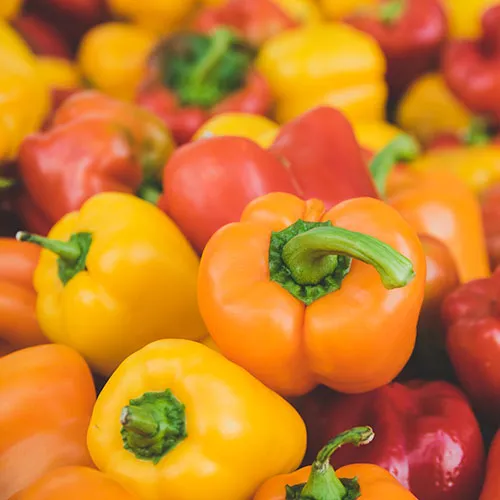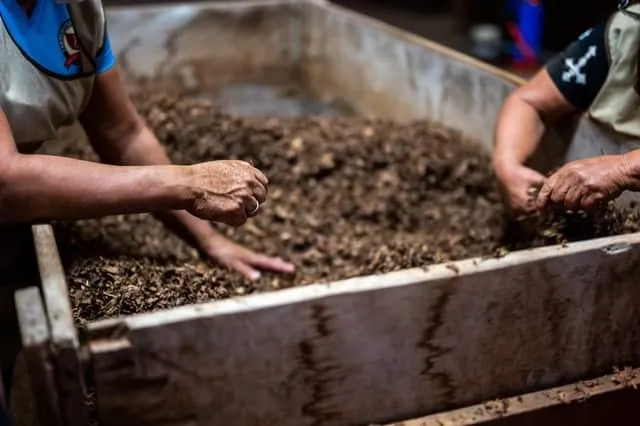These lines that today I decide to capture in this publication are a continuous part of the material that I have been sharing with you about the generalities of sweet bell pepper, this time I will write about transplanting and fertilization, and the first thing I will say is that it is recommended to transplant when the seedlings are 12 to 15 cm high, with a stem of 5 to 7 millimeters thick and between 4 to 6 leaflets.



▶ Transplanting can be done between 30 and 40 days or after 55 days, this is done manually or mechanized and is recommended in the afternoon hours in order to reduce the minimum transpiration and ensure adequate soil moisture, with a distance between plants of 40 to 60 cm.

▶ Credits: readytodiy. – [Image of Public Domain]
≕ I invite you to stay tuned and read my next contribution ≔
Regarding fertilization, the highest yields and the best quality of peppers are obtained by satisfying the nutritional requirements of the plants, it is recommended that fertilization programs are preceded and supported by soil analysis.
The requirements of chilli peppers per hectare are 88-114 kg of nitrogen, 88 kg of phosphorus in soils with high phosphorus content, and 176 kg in soils with low content, and also 88 and 176 kg of potassium for soils with high and low content, respectively.
It is recommended to apply 1/3 part before or a few days after transplanting, and the rest in about two applications once the crop is well established. Irrigation: it is recommended to maintain a soil moisture of 90% of field capacity until fruiting and 80% in the remaining period.

Insufficient moisture can result in growth arrest, flower and fruit drop, small, deformed and excessively bitter fruits.
NOTE: Reference material.